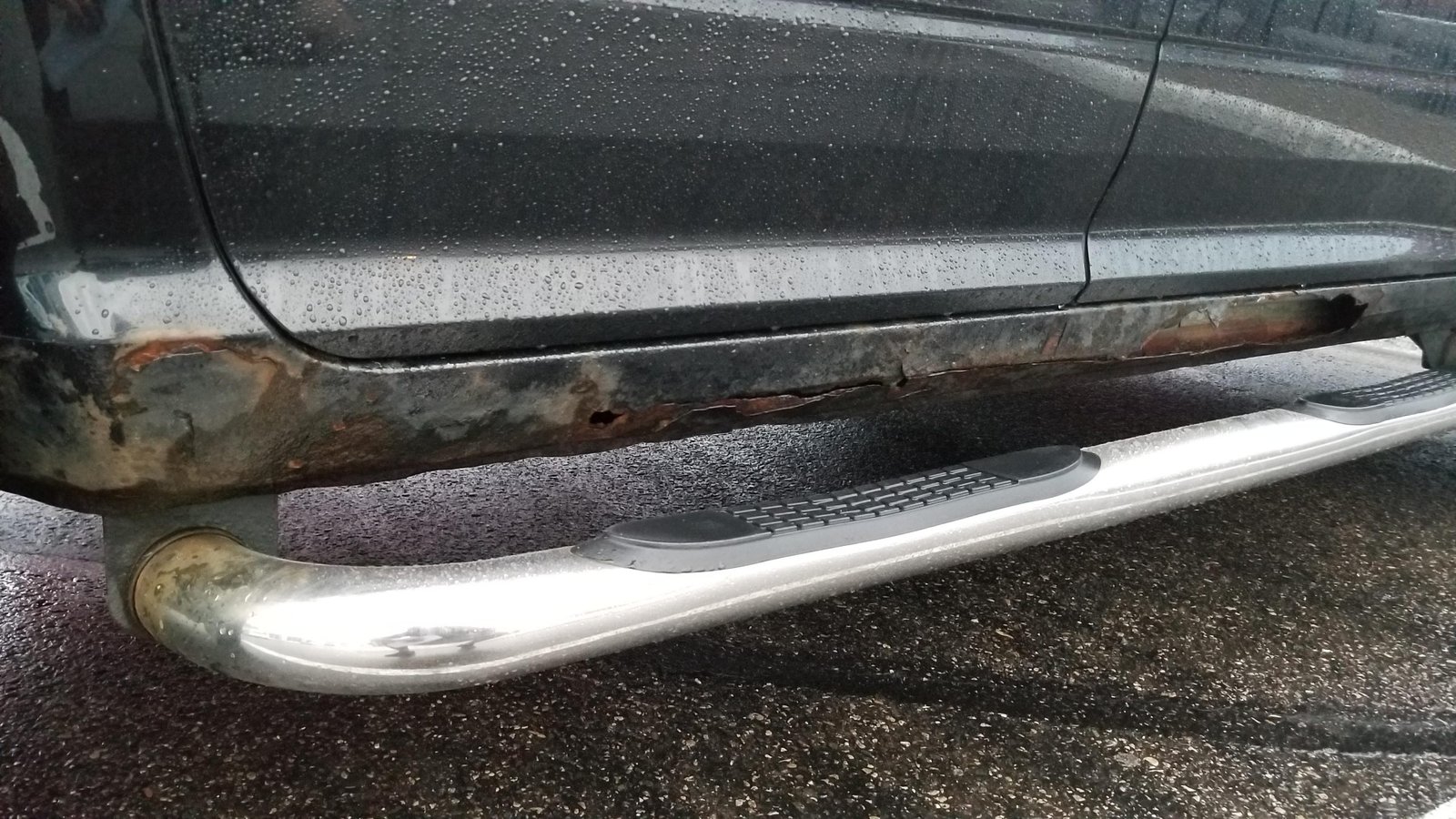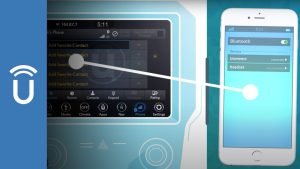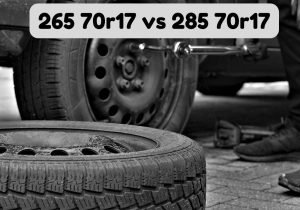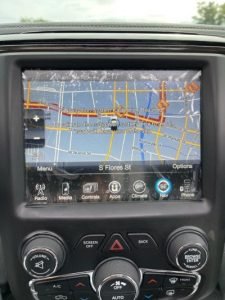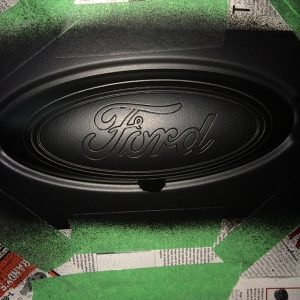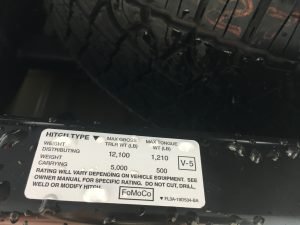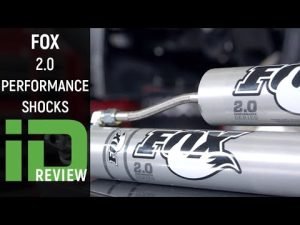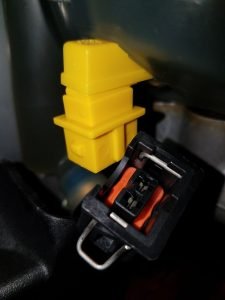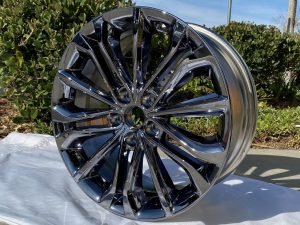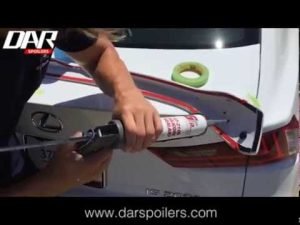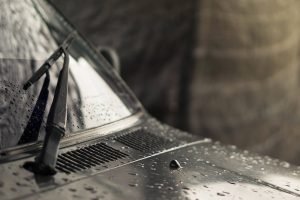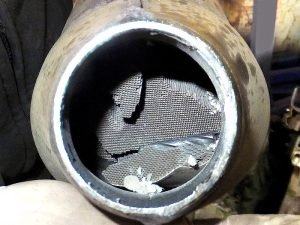To Bondo rocker panels, first, clean the surface and remove all rust and dirt. Then, apply Bondo body filler and smooth the surface using sandpaper and a putty knife.
Contents
- Inspection Of The Rocker Panels
- Gathering Materials And Tools
- Cleaning The Rocker Panels
- Masking Off The Area
- Removing Rust (If Necessary)
- Mixing The Bondo Filler
- Applying The First Layer Of Bondo
- Shaping And Sanding The Filler
- Applying Primer
- Sanding And Painting
- Final Inspection
- Regular Cleaning And Waxing
- Monitoring For Damage
- Frequently Asked Questions For How To Bondo Rocker Panels
- Conclusion
Inspection Of The Rocker Panels
During the inspection of the rocker panels, it is important to visually examine them for any signs of damage. Look for rust, corrosion, or chips in the paint. Additionally, tapping the panels can help determine if there are any underlying issues.
By gently tapping the panels with a rubber mallet, you can listen for any hollow or dull sounds, which could indicate damage or weakness. It is important to thoroughly inspect the rocker panels before applying any Bondo or making any repairs.
This ensures that the Bondo will adhere properly and provide a long-lasting solution. Take your time during the visual examination and tapping process to ensure that you have a clear understanding of the condition of the rocker panels and can proceed with the bonding process effectively.
Gathering Materials And Tools
When preparing to bondo rocker panels, the first step is to gather all necessary materials and tools. This includes bondo body filler, sandpaper, putty or plastic spreader, masking tape, primer, paint, and safety equipment like safety goggles and a dust mask.
By having everything ready before starting the project, you’ll save time and ensure a smoother process. Make sure to choose the right type of bondo body filler for the rocker panels and the appropriate grit sandpaper to prepare the surface.
Use a putty or plastic spreader to apply the bondo and smooth it out evenly. Before painting, don’t forget to apply primer for better adhesion and protection. And, of course, always prioritize safety by wearing the proper safety equipment throughout the process.
Cleaning The Rocker Panels
To clean the rocker panels effectively, start by using a degreaser or wax remover. This will help remove any dirt and debris that has built up over time. Once applied, let the degreaser or wax remover sit for a few minutes to loosen the grime.
Then, using a sanding tool, gently sand the surface of the rocker panels to remove any tough stains or rust. Make sure to sand in a back-and-forth motion, working your way across the entire panel. By following these steps, you’ll be able to clean your rocker panels thoroughly, leaving them looking good as new.
Remember to take your time and be gentle to avoid any damage to the panels.
Masking Off The Area
Applying masking tape and plastic sheeting is crucial when it comes to Bondoing rocker panels. This step helps in protecting the surrounding parts from any potential damage or overspray. By carefully covering the areas adjacent to the rocker panels, you can ensure that only the affected portion is worked on.
Masking off the area not only prevents any accidental Bondo application, but also makes the cleanup process much easier. It is important to be meticulous in placing the tape and sheeting, ensuring full coverage and a tight seal. Taking the time to mask off the area properly will result in a more efficient and effective Bondo repair job.
Removing Rust (If Necessary)
Removing rust from rocker panels, if necessary, is an essential step in the Bondo process. Start by scrubbing off any surface rust using a wire brush or sandpaper. This will help smooth out the metal surface and prepare it for treatment.
For deeper rust, a rust converter can be applied to prevent further corrosion. The converter chemically reacts with rust, turning it into a stable compound that can be primed and painted over. Once the rust is treated, you can proceed with applying the Bondo filler to restore the rocker panels to their original condition.
The smooth surface will provide a strong base for painting, ensuring a professional-looking finish. By taking the time to remove rust and properly treat the rocker panels, you can extend the lifespan of your vehicle and maintain its appearance.
Mixing The Bondo Filler
To mix the Bondo filler, start by preparing the body filler and adding the hardener. Make sure to follow these steps carefully.
Applying The First Layer Of Bondo
When it comes to applying the first layer of Bondo, it is important to spread the filler evenly. Start by filling the damaged areas with Bondo and using a putty knife to spread it smoothly. Make sure to apply a thin layer first and let it dry completely before adding additional layers.
This will help to ensure a strong and seamless repair. Avoid applying too much filler at once, as it can lead to uneven surfaces. Take your time and keep a steady hand while spreading the Bondo, paying attention to any grooves or crevices in the rocker panels.
By following these steps, you can achieve a professional-looking repair and restore the integrity of your vehicle.

Credit: www.youtube.com
Shaping And Sanding The Filler
Shaping and sanding the filler plays a crucial role in achieving a smooth surface for Bondo rocker panels. By using sandpaper, you can shape the Bondo according to your desired contour. Gently sand down any excess filler, making sure to maintain the desired shape.
Smooth out any imperfections, paying close attention to the edges for a seamless finish. It’s important to take your time and be patient during this process to ensure the best results. Once the filler is shaped to perfection, proceed to the sanding stage.
Begin with a coarse sandpaper to remove any rough areas, gradually working your way up to a finer grit for a smoother texture. Sanding will also help blend the filler with the surrounding area, creating a seamless appearance. The key is to be meticulous, consistently checking and refining the surface until it’s ready for further steps in the bonding process.
Applying Primer
To ensure a successful application of primer when bonding rocker panels, it is crucial to select the appropriate primer. Choose a primer specifically designed for automotive use, as it will provide superior adhesion and corrosion resistance. Apply a thin, even coat of primer using a paintbrush or a spray gun.
This will promote better bonding with the panels and prevent any potential issues such as bubbling or peeling in the future. Allow the primer to thoroughly dry before proceeding with any further steps in the bonding process. By following these guidelines, you can ensure a strong and durable bond between the rocker panels, providing both aesthetic appeal and long-lasting protection for your vehicle.
Sanding And Painting
Sanding the primer ensures a smooth finish, giving your rocker panels a professional look. Then comes the step of applying paint that matches your vehicle’s color, providing a seamless blend. Finally, adding a clear coat offers protection against any potential damage.
This trio of processes, sanding, painting, and clear coating, guarantees a durable and aesthetically pleasing result for your rocker panels, enhancing both their appearance and longevity. By following these steps carefully, you can achieve a high-quality bondo job, transforming your rocker panels into a seamless part of your vehicle’s exterior.
Final Inspection
During the final inspection of the rocker panels, it is crucial to check for any imperfections. By carefully examining the surface, you can ensure a flawless finish. If any flaws are detected, it is necessary to touch them up before proceeding further.
This step guarantees a smooth and professional result. By addressing these imperfections, you can achieve a seamless bondo application that not only enhances the aesthetic appeal but also provides long-lasting durability. Paying attention to even the smallest details is essential to achieve a high-quality finish.
Taking the time to thoroughly inspect and resolve any imperfections will result in a finished product that is both visually appealing and structurally sound. So, always make sure to give the rocker panels a final check before considering the project complete.
Regular Cleaning And Waxing
Regular cleaning and waxing is crucial for maintaining the rocker panels of your vehicle. To keep the rocker panels clean, make sure to remove any dirt, debris, or road salt regularly. Use a mild soap and water solution to clean the rocker panels thoroughly.
After cleaning, dry them completely to prevent any water spots or streaks. Once the panels are clean, applying wax is essential for protection. Waxing will create a protective barrier against dirt, grime, and UV rays, keeping the rocker panels looking new and preventing rust formation.
Choose a wax specifically formulated for automotive use and apply it following the instructions on the product. Regular cleaning and waxing will help extend the lifespan of your rocker panels and maintain the overall appearance of your vehicle.
Monitoring For Damage
Regularly inspect the rocker panels for any damage to ensure their longevity. By addressing minor issues promptly, you can prevent them from snowballing into bigger problems. Keep an eye out for rust, dents, or scratches on the panels by conducting visual inspections.
Pay attention to any signs of corrosion or weakened areas that may compromise the integrity of the panels. If you notice any damage, take immediate action to repair or replace the affected rocker panels. By monitoring for damage and taking swift action, you can extend the lifespan of your rocker panels and maintain the structural integrity of your vehicle.
Frequently Asked Questions For How To Bondo Rocker Panels
What Is The Cheapest Way To Fix Rusted Rocker Panels?
The cheapest way to fix rusted rocker panels is to clean and prime the affected area, then apply a rust converter and touch-up paint.
Can You Fix Rocker Panels Without Welding?
Yes, rocker panels can be fixed without welding. Alternatives include using adhesives or sealants.
Can I Use Bondo On Rusted Metal?
Yes, Bondo can be applied to rusted metal for effective repair and restoration.
How Do You Fix A Rusted Rocker Panel?
To fix a rusted rocker panel, you need to remove the rust, repair the metal, and apply a protective coating.
Conclusion
To conclude, bonding rocker panels with Bondo can be a cost-effective and efficient way to repair your vehicle’s damaged rockers. By following the steps outlined in this blog post, you can achieve professional-looking results without breaking the bank. Remember to thoroughly clean and prep the surfaces before applying the Bondo, and take your time to ensure a smooth and seamless finish.
Additionally, using the right tools and working in a well-ventilated area will help you achieve the best results. Don’t be intimidated by the process – with a little practice and patience, you can become proficient in rocker panel repair. So go ahead and give it a try, and restore your car’s appearance and structural integrity with Bondo today!
Affiliate Disclosure: As an Amazon Associate, I earn from qualifying purchases made through links on this site.

